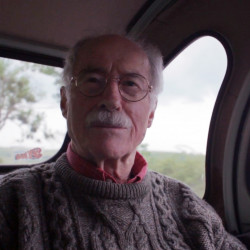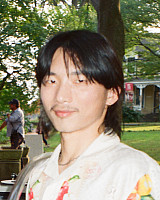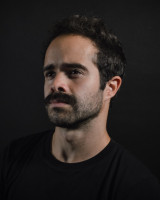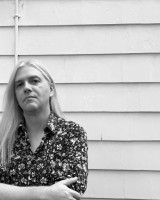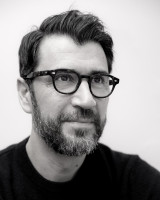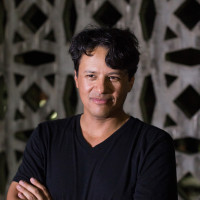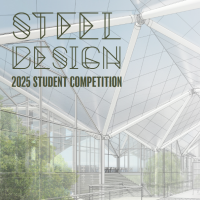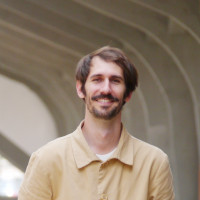Professor Emeritus J. François Gabriel earned diplomas at the Collège des Arts Appliques in 1948 and École Nationale Supérieure des Beaux-Arts in 1965, where he developed a great respect for classical architecture.
From 1977 to 2003, Gabriel taught architectural design at the School of Architecture. A staunch Classicist, his studio teachings often included learning the Orders, Classical plans and ink and wash rendering techniques.
At the same time, Gabriel was fascinated by polyhedral space frame structures of the mid-20th century. He dedicated his career to bucking the “cube tradition” and looking for creative, aesthetic alternatives to vertical walls and their 90-degree points of contact. Gabriel’s research over the years explored both the theoretical and practical approaches to designing buildings based on polyhedral shapes, which he argued can “satisfy the essential demands of buildings: solidity, beauty and convenience.”
Gabriel was the author of numerous journal articles and book chapters, and edited several books, including “Beyond the Cube: The Architecture of Space Frames and Polyhedra” (John Wiley & Sons, Inc. 1997). In the book’s preface, he writes, “We use the cube as if it were the only acceptable model for our living spaces and, in doing so, we ignore countless other forms that might lead to more efficient, more beautiful, more economical and certainly less worn-out environments. Why do we do it?”
In 2002, Gabriel was presented with a Pioneers’ Award by the Space Structures Research Centre at the University of Surrey in the United Kingdom, during the fifth International Conference on Space Structures, where he served as a member of the conference’s international organizing committee and presented the paper “Space Frames and Classical Architecture.” He was a member of the International Association for Shell and Spatial Structures, and he cofounded its Structural Morphology Working Group.
Before coming to Syracuse, Gabriel taught and lectured at a number of schools, including Massachusetts Institute of Technology, Iowa State University, California Polytechnic State University and the University of Notre Dame and, as a registered architect in France, served as a designer in several practices.
In addition to his work as a teacher and researcher, Gabriel was a prolific artist in his own right. His paintings have been exhibited in Paris, Central New York and the French Library and Cultural Center in Boston.
*deceased
